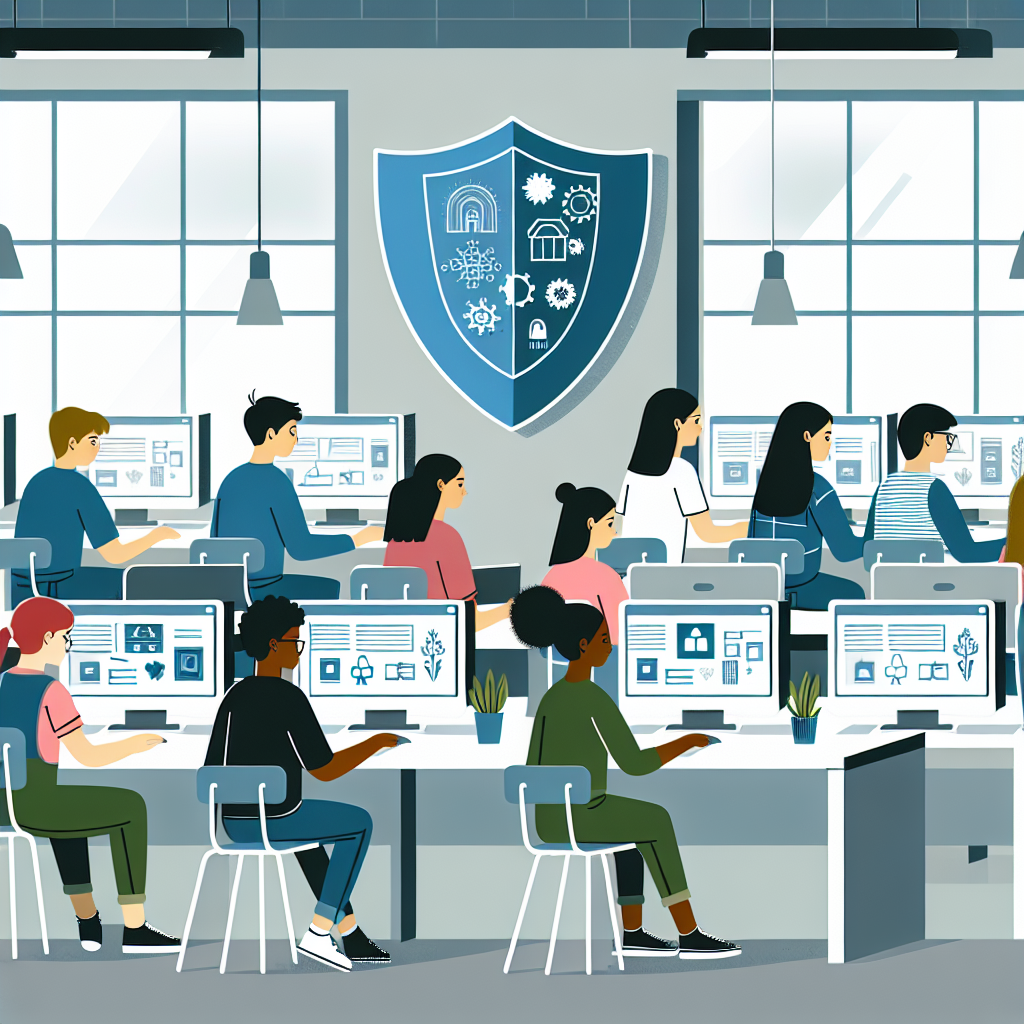Introduction
In today’s digital age, schools heavily rely on computers and other technology in their daily operations. However, this dependence on technology also puts schools at risk of cybersecurity threats, including hacking. This article will provide valuable insights into how schools can protect their computer systems from hacking.
1. Keep Software Up-to-Date
One of the most crucial steps in protecting school computers from hacking is to keep all software up-to-date. Operating systems, antivirus software, web browsers, and other applications should have the latest updates and patches installed. These updates often include security enhancements that address vulnerabilities that hackers can exploit.
2. Implement Strong Password Policies
A strong password policy is essential in preventing unauthorized access to school computers. Encourage staff and students to create complex passwords that include a combination of uppercase and lowercase letters, numbers, and special characters. Additionally, passwords should be changed regularly, and students should be educated about the importance of keeping passwords confidential.
3. Use Firewalls and Antivirus Software
To safeguard school computers, it is crucial to have reliable firewalls and antivirus software installed. Firewalls act as a protective barrier between the internal computer network and external threats, while antivirus software scans for and removes malicious software that could compromise computer systems.
4. Educate Staff and Students
Another vital aspect of protecting school computers from hacking is educating staff and students about cyber threats. Conduct regular training sessions to raise awareness about phishing emails, social engineering, and other common techniques used by hackers. Teach them how to identify suspicious links, attachments, and websites that may contain malware.
5. Enable Two-factor Authentication
Two-factor authentication adds an extra layer of security to school computer systems. By requiring users to provide two forms of identification, such as a password and a unique code sent to their mobile device, it becomes much harder for hackers to gain unauthorized access.
6. Regularly Backup Data
Backing up data is crucial in case of a hacking incident or any other system failure. Ensure that all important data is regularly backed up and stored securely. This way, even if a hacker gains access to a school computer, the impact can be minimized as vital information is safe on backup systems.
Conclusion
Protecting school computers from hacking is of utmost importance in today’s digital world. By following the above steps and implementing strong cybersecurity measures, schools can safeguard their computer systems and ensure a secure learning environment for their staff and students.

